The 20 Best PlayStation Games of All Time
From survival horror classics to multi-disc RPG epics, these are the games that defined Sony’s 30-year legacy

Final Fantasy VII; Crash Bandicoot; Tomb Raider SQUARE ENIX; ACTIVISION BLIZZARD; EIDOS INTERACTIVE / AMAZON GAMES
When it arrived in 1994, there hadn’t been anything quite like the Sony PlayStation. Famously born from a deal gone wrong between the Japanese tech giant and gaming’s golden child, Nintendo, it was a new competitor entering a fray that had previously been dominated by players generations deep in the industry. And while its offerings weren’t entirely new — Sega had beat it to the punch on CD-ROM based hardware in 1991 — what it capitalized on was something else entirely: really good games.
It should be obvious that good games would lead a publisher to success, but few companies have ever made a splash as big as Sony. In fact, only Nintendo’s total revitalization of the games industry in the Eighties even compares. With a rapid-fire release of both storied and new IP, as well as strategic partnerships that didn’t just create exclusive franchises, but took famous ones away from their original homes, the PlayStation instantly became a force to be reckoned with, and its technological leaps forward made the previously big players in the space look retro in comparison.
From Rolling Stone US






















































